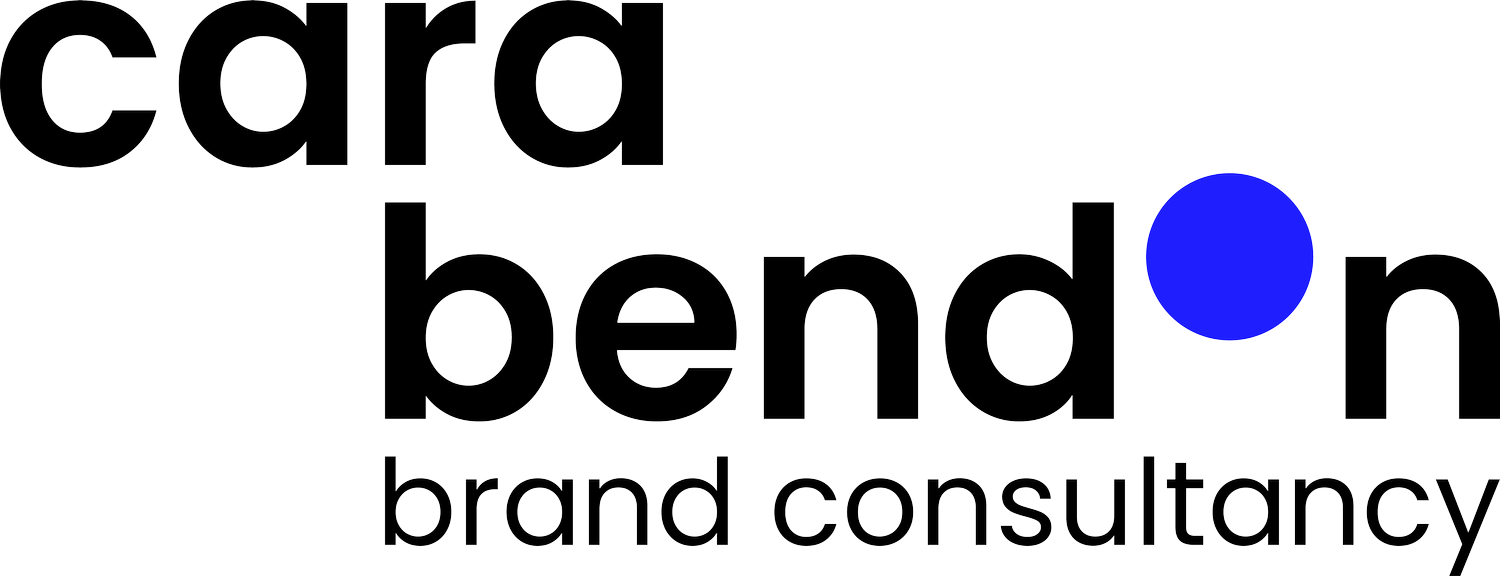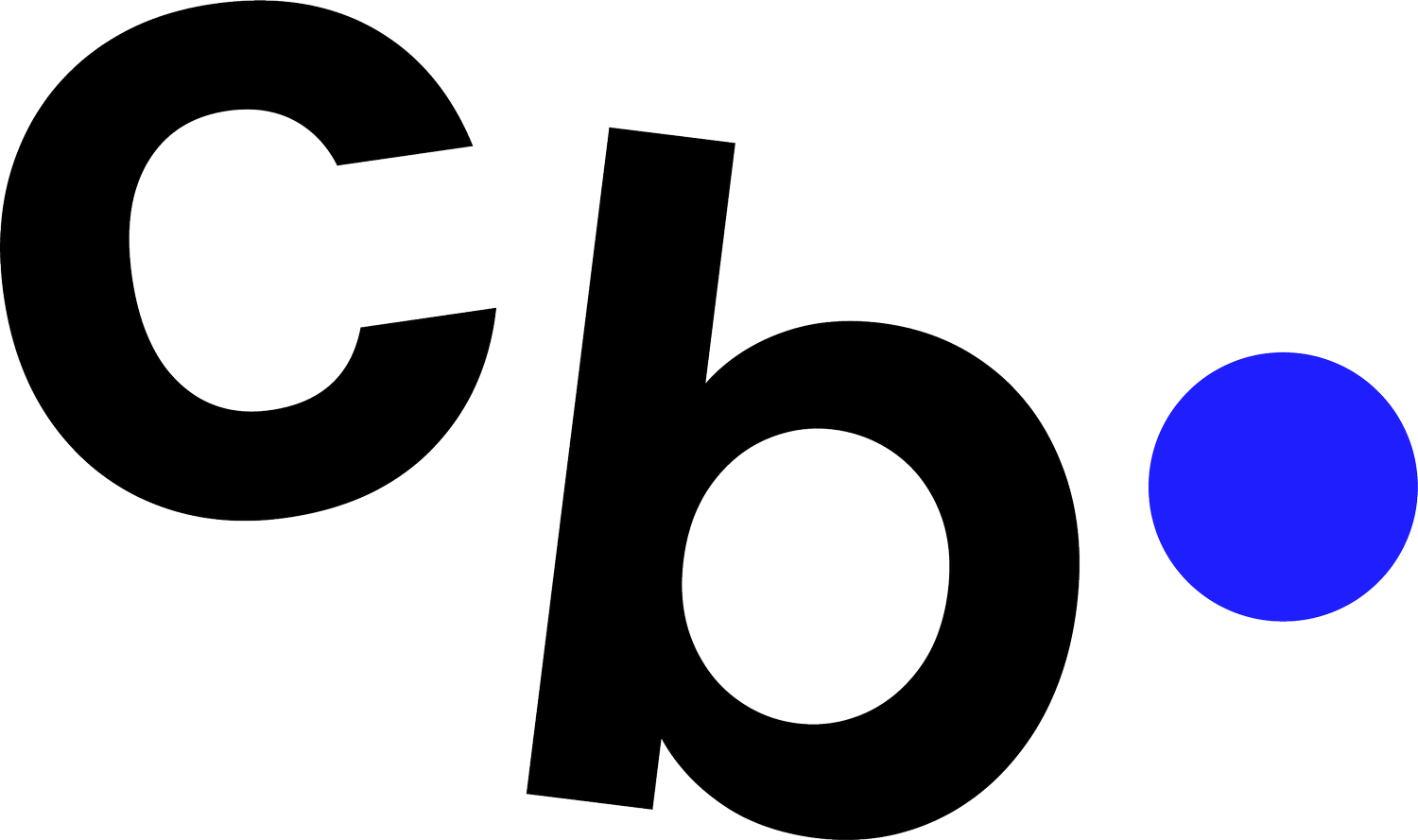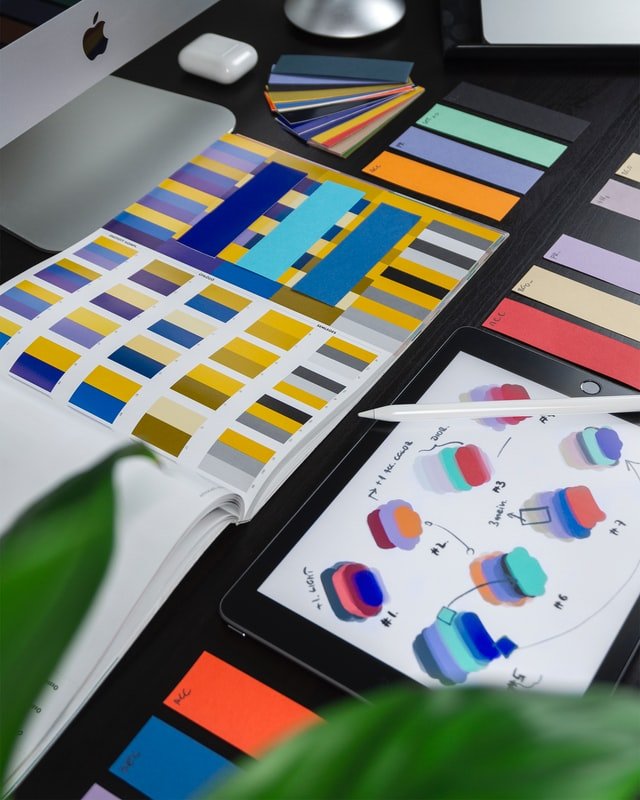5 Branding Essentials for Product Businesses
It’s estimated that we each see between 6,000 and 10,000 different brands a day. That’s in just a single average day! Amidst all this, it can be easy for small businesses’ brands to get lost, but effective branding makes your brand easier to remember, and that is something worth its weight in gold.
While there is a lot of noise to cut through, consumers will gravitate towards brands that they know, like, and trust. Maybe you’ve bought something great from a small company and tried to tell a friend about them, but not been able to recall their name? Say you were to remember something about them - that they had a ladybird in their logo, perhaps a pun in their name, or that they had yellow packaging – any one of these aspects of their branding was clearly memorable, and could trigger you to remember their brand name or website URL. That’s why branding is so important - by branding your business clearly, you’re creating a latch for people to be able to remember you by, and that’s pretty powerful stuff.
So, as a product business, what is essential for your branding?
Tip #1
1 Have a professionally designed logo
There’s no point beating around the bush on this – you need to have a professionally designed logo for your business. A good time to get this designed is as soon as you’ve tested your product in your market and are ready to sell it, with a clear idea of your target market and product pricing.
Skipping investing properly in professional design usually ends up costing more in the long run, as you’ll have to get all your packaging reprinted as well as your online assets, and you could be missing out on sales too if your product’s brand doesn’t look professional enough to win your customer’s trust and money. Make sure you get versions of your logo that work for different spaces – i.e. a smaller round one for social media versus the main one you may use on the website and product packaging.
Tip #2
2 Use colour cleverly to stand out
This is my not-so-secret ‘secret’ tip because I always tell everybody! If you do one thing to help you stand out and be remembered, it would be to pick a lead brand colour. Did you know that up to 85% of a person’s first impression of your brand is made up from colour alone? But how can you utilise this for your brand? Well, the most effective way is to pick one colour and forge the connection between that exact shade or colour and your brand. Think Coca Cola red, Tiffany blue or Selfridges yellow.
Look at your competitors and try to see if there are any patterns in terms of the colours and styles they use and then deliberately go against the grain. Now, obviously it still has to work for your audience. So, if you have a baby clothing brand and notice that everyone’s brand is pastel then using black might be going against the grain, but it’s not suitable for the brand or target audience. Choosing a lead brand colour has got to be within the context of knowing and understanding your audience and thinking of them foremost. But if you can find a way to stand out in some way, that's going to be an advantage for you in the marketplace. You can read a bit more about using colour here.
Tip #3
3 Invest in professional photography
Imagery is key – if you want to elevate above selling on third party sites and create a credible brand, then DIY’ing your photos just isn’t going to cut it.
You need two types of images – ecommerce images, which clearly show your product in multiple angles, usually against a white background so that someone buying online can really check out what they’re buying, and lifestyle images, which are used for marketing your product. Both types are key to the online sales process, but from a brand point of view, lifestyle images really forge the image you are setting out for your brand. If ecommerce images are about clarity, then lifestyle images are about aspiration.
Lifestyle images for marketing versus product shots for the product listing. Images: Of Grapes & Waves
‘Lifestyle’ images for a brand often show a product in use e.g. showing your crockery with a beautiful meal served on it, showing someone in the act of using your gadget, applying your beauty product, wearing your garment. Or they can demonstrate the product’s quality, for example, showing cotton and bamboo plants next to your item if it is made using these materials; displaying a fragrance or candle amidst a still life of flowers and fruits that make up the scent. Look for a photographer that has plenty of product photography and styling experience for the best outcomes, because there is a real skill to setting up scenes that make people want to click to view your shop!
Tip #4
4 Provide an unboxing experience
Opening a delivery is an experience – it can either be non-descript, or it can be memorable, and add a little something to the recipient’s day. Understandably, it’s the latter that we’re after to start getting your brand remembered, and a great unboxing experience could even get your business some free marketing via social media shares.
Image Ⓒ Violet Hollow
Beauty Pie do this marvellously – orders arrive in chic and oh-so-on-brand pink and black boxes, which open up to display a witty greeting and individually wrapped items in branded pink tissue paper. A (branded) post-it on your order encourages recipients to share a picture of their order on social media for the chance to win an extra spend allowance – and it’s highly successful with almost 17k posts using #postyourpie on Instagram to date!
It’s also important to remember that beautiful packaging is key if your product is something frequently gifted to people. I recently ordered a gold necklace from an Etsy shop, and I can’t tell you how underwhelmed I was that it came in just a paper pouch, especially considering the value of the item. It was a gift, and so I bought a velvet lined box to better present it. These details matter, the more you make your customer’s life easier and bring delight to them, the more likely they are to become loyal customers, and even ambassadors for your brand.
But doesn’t all this packaging mean more waste? Not necessarily. For one of my clients Of Grapes & Waves, who make sustainable linen clothing, we opted for printed tissue paper sealed with a sticker within an unbranded box, meaning the box could be re-used by the recipient. The tissue paper was printed using soy-based inks on FSC-certified paper made from recycled materials. Inside, a thank you note featuring a discount code to encourage future orders was printed on a card with seeds within it, with instructions to plant it to grow your own wildflowers. Since linen itself is a plant-based material, this felt perfectly on brand and helped reduce waste from packaging.
You can also design packaging in clever ways to ensure it gets a second life. In the US, Tubby Todd package their baby’s toiletries in branded muslin bags, which are handy for storing lots of things for busy parents, from nappies to toys. Another great way to do this is to opt for branded tape, stickers or belly bands rather than a branded box, as they allow you to beautifully brand your packaging without actually printing your logo on to the box, making it much easier for the box to easily have a second life as storage or for another delivery. Take a leaf out of Rothy’s book and prompt people to re-use the packaging – you’d be surprised how effective it can be just to tell people to think before they chuck it to the recycle bin.
Noissue have really opened up the market for small businesses to access more environmentally friendly packaging, something which used to be fairly niche!
Tip #5
5 Create moments that delight
Last but not least, any small thing you can do to make your customer’s life easier, or just to make them smile, will really help your brand stand out and be remembered. And that’s especially important if you’re selling through a 3rd party site like Amazon, Etsy or eBay.
What do I mean? You could include a leaflet in deliveries with images of you/your team on and tell the story of how your business came into being – you can use it as an opportunity to ask offer them a discount or ask for a review too if you’d like – but the charm element will come from creating a bit of human connection from an online order.
Add a cheeky or sweet message in an unexpected place as a kind of ‘Easter egg’ for customers. Innocent are masters of this, covering their packaging in amusing copy and offering wacky suggestions for how you may re-use it, but it can work for many brands, even if humour isn’t on brand. At breakfast, the message to ‘Spread a little joy’ hidden inside the lid of Tiptree jam made me smile. For a risqué lingerie brand that I worked with, we prefaced the washing instructions on the garment label with the phrase ‘Get as dirty as you like’ to reflect the brand’s sex-positive attitude, and to raise a smile.
Little details that delight or amuse customers bring personality to your brand & showcase your brand values
Or, at a completely different angle, tell the customer what good they are doing in the world by buying your product. Does your business share a percentage of profits with a charity? Do you use a service like Ecologi to plant a tree for every purchase over a certain value? OddBox do this well, referring to each order as fruit and veg that you’ve rescued from landfill, and in doing so, exactly how much water you’ve saved. Freddie’s flowers combine cheery on-brand messaging with really helpful information, such as how to best look after your flowers, and the fact you can leave your box to be collected by them when you receive your next delivery. These little ways that brands are going the extra mile really take them up a level, and it’s something that small independent brands can do too!
I hope you found this post useful, if you are looking to create a brand that has impact and stands out from competition, you’re in the right place! Get in touch to discuss how we could support you.







